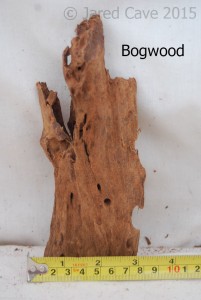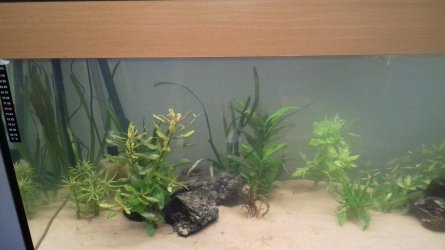There are two distinct though related issues concerning the wood. First, the wood itself. Some wood is generally safe, some is not, and the latter should never be put in an aquarium. The link in
@Slaphppy7 post #108 concerns this issue. This was not the direct issue that killed
@imw penguin tetras.
The second issue with wood has to do with fungus that can be in the wood. This is the whitish fuzz or slime that will appear after the wood is submerged (you never see this fungus on dry wood). Some wood is more prone to this than other types. I have never in more than 30 years seen fungus on Malaysian Driftwood, and I have used an incredible amount of this wood. I did see it on a branchy piece of lighter-hue wood I bought several years ago.
There are dozens of species of fungus in the natural world. Some is generally safe, some is highly toxic. Think of it in terms of mushrooms, which are a fungi. There are mushrooms we eat regularly and they are safe, but there are also deadly toxic mushrooms that can kill rapidly. The same is true of the white fungus that appears on wood when it is submerged. Most mushrooms can be identified once you know what to look for, to avoid the toxic ones, but identifying the fungus on wood in the aquarium requires examination by a microbiologist who knows the species of fungi. There is no way any one of us can otherwise tell the species of fungus.
Some members have noted that their fish ate the fungus that appeared on some wood; obviously this was not a toxic species of fungus.
@imw was clearly not so lucky. I had a piece of branchy wood purchased several years ago that developed a shite slimy fungus a day or so after I put it in my 90g tank. I didn't get concerned over this because, as other members here have said, it is usually harmless, or so I thought. But I noticed the fish were respirating much faster than normal, and the cories were lethargic, just sitting on the substrate or a chunk of bogwood, rapidly respirating. There was also a whitish haze in the water, like a bacterial bloom. Instinctively, I considered the wood to blame, and I took it out and did a 90% water change. This cleared the water, and all the fish were normal in their respiration, and continued to be so for several days, so clearly it was the wood.
I scrubbed the wood, and put it in a spare tank with no fish, just water and some plants. Nothing out of the ordinary occurred, so after it had been in this fishless tank for about two months, I thought it was OK and I put it in a tank with fish, not the 90g again but the 33g. Several days later, I found a dead fish, then another, and noticed the rest were clearly having trouble respirating. I discovered on the back side of the branch that I could not see without turning the wood, a patch of the white fungus. The wood got tossed into the back garden.
I consulted a microbiologist friend online and she explained about the many species of fungus, and how only an expert can distinguish them. She did however mention that the branchy wood sometimes called grapewood was particularly notorious for toxic fungi, but as it is impossible to differentiate some of these branchy woods, it is best to be observant. A few days later, I was browsing in one of the quality fish stores of which I know the owner quite well, and another customer was asking for her advice because his cories had all died within two days, and the water was cloudy, and this happened a day or two after he put a piece of branch wood in the tank. I explained the probable issue, and considered myself fortunate that I had been observant enough to recognize something was amiss, and thus saved my fish in the 90g, though I lost a few in the second tank.
In the case "at bar," cycling had nothing to do with the fish loss; the evidence clearly shows it was toxic fungus from inside a piece of wood.






